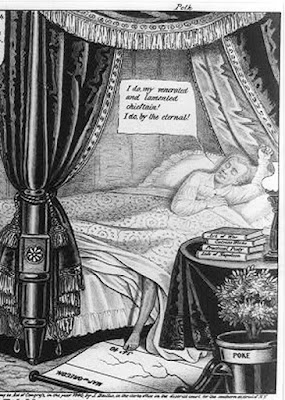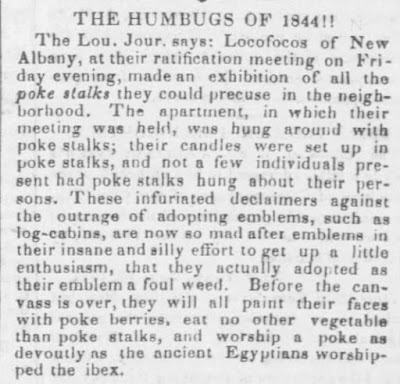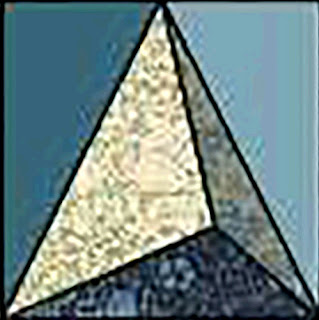Southern Spin: Block #1 Circle Saw
Block #1 by Becky Brown
She's using colors she doesn't often work with, hand dyed from Vicki Welsh's Colorways.
From the Tennessee project & the Quilt Index.
Southern solid colors and half blocks along the lower edge.
I let BlockBase draw the pattern for number 3390.
Circle Saw by Denniele Bohannon
The pattern was popular not only with quilters but with pattern
companies at the turn of the last century.
The Ladies Art Company called it Rising Sun too.
Someone named Gladys kept a small scrapbook of patterns
with two versions. Rising Sun at the top and Wagon Wheel below
(perhaps from Hearth & Home.)
Mrs Reaves of San Angelo, Texas liked the pattern in 1935.
Print the pattern out 8-1/2" x 11". Note the inch square for scale.
Read much more about Circle Saw at a post here:
A note about the block proportions:
Many of the nine patterns will have an even tighter fit and some will be looser like the one below. Becky writes the plan above is probably the easiest way to put a circle in a square.
The diameter of the circle varies slightly in the published patterns. If this is going to bother you you might right from the start plan to enlarge or shrink your printed pattern slightly to match the proportions in Block #1 here.
Use the same Piece C above for an outside shape and shrink or enlarge the circle to the same proportions, which in Block 1 means a circle 13-1/2 inches across. Or shrink the circle to 12-1/2" and create a larger piece C (might be easier to piece.)
I tell you, though, the different proportions wouldn't bother a Southern quilter 100 years ago at all.
Post pictures on our Facebook group: SouthernSpinQuilt
Here's the traditional Southern set. Cut the sashing strips 14-1/2" x 2"
and the nine patch squares 2" square.
You can buy all 9 patterns right now for $12 in my Etsy shop:
How To
Our master piecer Ms. Becky Brown tells you how she sewed Block #1.
2. Draw around each template and that is the stitching line.
Keep one edge of A and B on the straight of grain to avoid sewing 2 bias edges together.
3. Sew the A and B pieces into a ring.
4. Add the ring of A/B to the center section matching up points.
5. Add the corners, part C. Note the larger the arc of the circle, the easier it is to sew. :-)
6. Press, paying close attention to getting everything in the direction you want to go. I didn't press anything until I had sewn all pieces together, except for the center circle. I decided which direction I would press the fabrics and carefully trimmed away red where it might show through the gold.
5. Add the corners, part C. Note the larger the arc of the circle, the easier it is to sew. :-)
6. Press, paying close attention to getting everything in the direction you want to go. I didn't press anything until I had sewn all pieces together, except for the center circle. I decided which direction I would press the fabrics and carefully trimmed away red where it might show through the gold.
7. The final step was adding the center circle, which I appliqued on. I have the greatest respect for those marvelous women who long ago pieced such wonderful quilts who inspire us today!































































